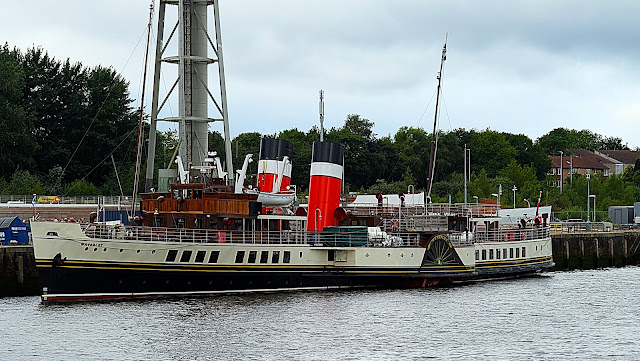Scotland's Heatwave

Today should mark the end of a spell of record breaking temperatures reaching around 30C (86F). This morning (in Glasgow) proved uncomfortably hot. During my walk I encountered some relief in the form of local woodland with trails and protection from the sun afforded by the leafy foliage canopy as illustrated in enclosed images. At the end of the walk I encountered a cricket match in process.Refer image and video clip below. Video clip of cricket match. Today should witness end of the current heat wave after which we will, no doubt, revert to 'default' comprising mild temperatures interspersed with rain. More information Information on Scotland can be found in the Visitors’ Guide to Scotland. ISBN is 978-1-9161332-0-4. The book is also available via Kindle .




